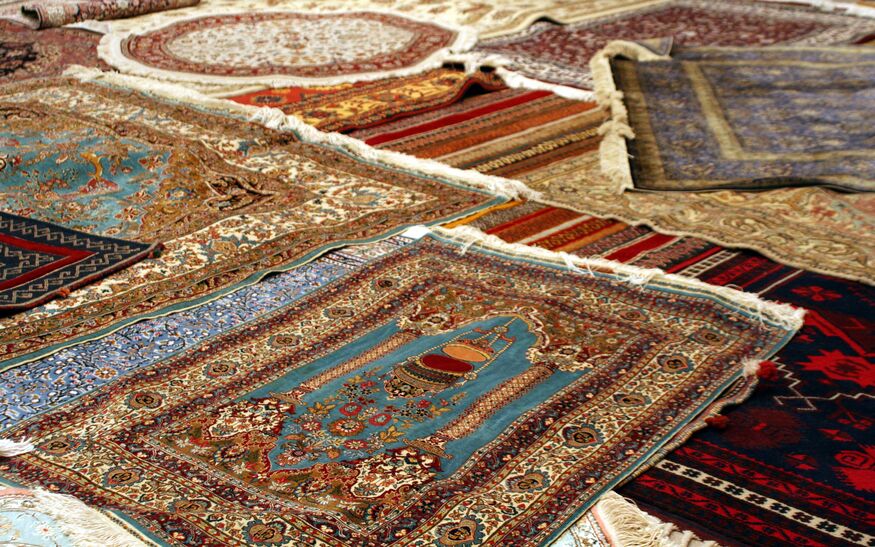Many people believe that oriental rugs and Persian rugs are the same thing. They use the terms interchangeably, not thinking there is any difference. This, however, is a big mistake. Oriental rugs and Persian rugs are actually two distinct rugs. While Persian rugs sometimes fall under the umbrella of oriental rugs, their unique style and origin separates them into a category of their own.
Oriental Rugs
“Oriental rug” is an umbrella term for handwoven rugs and carpets from Asian countries, typically China, Iran, Russia, Turkey, Pakistan, and Tibet. They are woven on a loom using wool, silk, or cotton where they are knotted into a weave, creating beautiful and ornate designs. However, their specific appearance can vary depending on their country of origin. They are often decorated with symbols that hold a specific meaning in the culture from which they were made.
Persian Rugs
Persian rugs are sometimes seen as a subset of oriental rugs. This is because they are handwoven rugs made in Iran (previously known as Persia). However, many people consider Persian rugs their own category. This is largely due to the history and significance Persian rugs have in Iran.
Handweaving has been practiced in Iran for thousands of years. As such, Persian rug-making remains highly traditional, with techniques being passed down from parent to child. Two common designs are the all-over and central medallion patterns, and the rugs are woven using the Persian Knot—an asymmetrical knotting technique.
Along with their unique style and history, U.S. trade sanctions on Iran dramatically raised the value and demand of Persian rugs. These three factors—style, history, and value—are the main reasons why Persian rugs are considered a separate entity for other oriental rugs.
Surena Rugs understands the history and cultural significance of oriental and Persian rugs. That’s why we seek to share our fine collection of oriental rugs to the Atlanta, GA, area. To learn more, look through our collection or contact us today.
